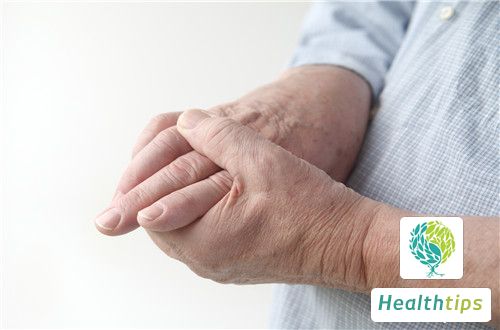What causes indentations in the breasts?

Breast dents can be physiological or pathological. During breast development, trauma to the mammary glands caused by certain factors or unsatisfactory breast development with nipple traction may lead to nipple indentation. If breast development was normal in the past but nipple indentation occurs recently, it may be due to mastitis, breast tumors, or other reasons, requiring prompt medical attention.
1. Breast dents may be physiological. If breast development is inadequate or trauma occurs during breast development, some ligaments behind the nipple may not develop properly, causing nipple traction and potential nipple indentation. If the injury is caused by trauma, these ligaments may also experience contracture during the healing process, leading to nipple indentation.
2. If breast development is normal but nipple indentation occurs recently, it should be taken seriously as there may be tumors or inflammation within. This can invade the ligaments behind the nipple, causing them to shorten, contract, and pull the nipple inward. Often, not only nipple indentation is present, but if it is inflammatory, there may be purulent discharge. If it is a tumor, especially a malignant tumor, bloody discharge may occur.
1. Manual Traction: Adolescence is an important period for breast development and also for correcting nipple indentation. Regular nipple traction can help protrude the nipple, elongate the mammary duct, fibrous cords, and smooth muscles, gradually causing the nipple to protrude naturally. However, this process takes time and should be done gradually to achieve good results.
2. Suction Therapy: Similar to manual traction, suction therapy uses a negative pressure suction device to traction the indented nipple, aiming to elongate the mammary duct and fibrous cords.



















